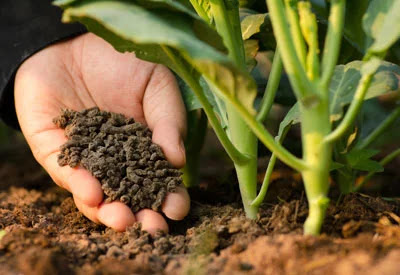With the Backyard Oasis either setting in snow or temperatures being colder in many areas, people have turned back to indoor gardening. One of the most popular forms of indoor gardening is raising houseplants.
Plants were mean to be grown outdoors, but people enjoy plants and have adapted them to live indoors. When we bring them inside and plant them in small pots, we need to remember it’s a shock to the plant and must be done with care.
Indoor environments are also a place where fungus and other plant diseases thrive, making indoor plants susceptible to a variety of diseases. By tending your plants carefully you will notice if the plant has a problem and cure the cause.
Two common problems to watch for on indoor plants
Root rot is the most common of the diseases of indoor plants. There are two types of root rot, wet and dry. Wet rot begins at the tip of the root and moves to the stem. The roots will become brown or black and the outer layer may become so mushy it will fall off. Dry rot appears as reddish brown lesions right on the soil line.
The most common cause of root rot is improper drainage and the roots having to sit in water. With proper planning this problem is easy to solve. I always sit all my plants on trays or dishes with decorative pebbles. This will help with drainage and will also supply additional humidity around the plant.
Fungus infections are also a common disease of indoor plants. Listed below are several types of fungal infections.
- Anthracnose, which has small lesions with a raised, edge that form on the leaf or stem.
- Cephalosporium affects young leaves with small red spots that have dark edges. The leaves will turn yellow and drop off.
- Cercospora has tiny pinpoint size lesions that will form on the backside of the leaves.
- Fusarium leaf spot attacks the plant where it is growing and it can completely rot away. It has yellow or red round spots. It’s a more difficult fungus to notice.
Cutting away and burning the affected parts and using a fungicide can cure most fungus infections.
By providing proper lighting, clean soil and clean potting containers you can prevent most plant rot and fungal problems.
I try to repot my plants in the spring. This lets me change the soil, clean the pot and check the roots to see if they are healthy.
Also, if you clean your plant leaves once a month you will notice if the plant has any health problems.
There are three other indoor plant problems. They will be covered in a future article





